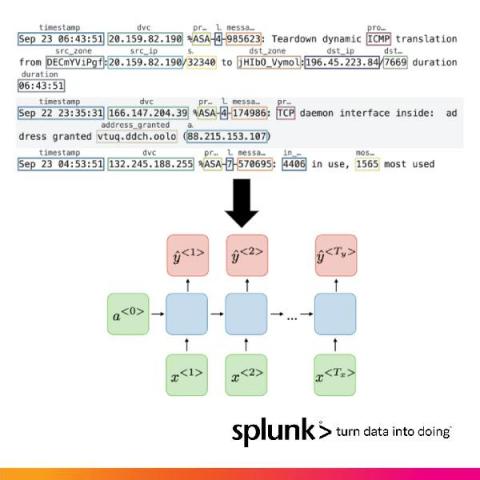Can Data Lakes Accelerate Building ML Data Pipelines?
A common challenge in data engineering is to combine traditional data warehousing and BI reporting with experiment-driven machine learning projects. Many data scientists tend to work more with Python and ML frameworks rather than SQL. Therefore, their data needs are often different from those of data analysts. In this article, we’ll explore why having a data lake often provides tremendous help for data science use cases.











